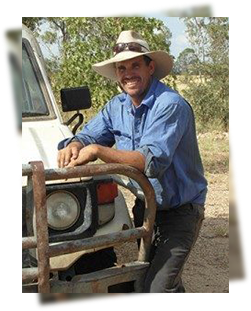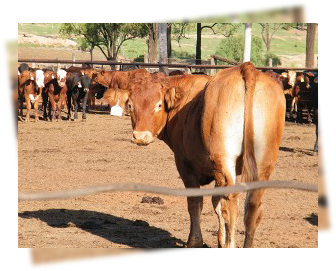A focus on carcase yield and softness has delivered David York and his family a profitable cattle operation with the use of Limousin genetics.
Operating across several properties, covering 8,700 hectares (21,500 acres) east of Roma, in the Wallumbilla area of Queensland, David together with his brother Graham and their wives Kirsten and Christina, run between 900 and 1,000 cows.
“We started using Limousin bulls in the late 1990’s when we purchased an additional property with an existing herd of Hereford type cows. They were fairly ordinary cattle and we wanted to quickly improve their carcase characteristics,” David said.
Prior to this the Yorks had started an on-farm feedlot. As well as feeding cattle they had bred themselves, they were also buying cattle for finishing.
“We were buying different breeds and types of cattle for the feedlot back then. Pretty quickly we worked out that the Limousin cross cattle were outperforming all other breeds in the feedlot, so when it came to selecting bulls to put over the cows in order to improve them, Limousins were an obvious choice,” David recalls.
These days the Yorks no longer operate their own feedlot but instead choose to send their cattle to Smithfield feedlot at Proston to be custom fed.
“We’ve been sending cattle to Smithfield for a couple of years now and are very happy with the results.”
“They are a professional outfit that ensure the cattle perform well and they have good access to markets,” David said.
Cattle are usually sent to Smithfield around the 300kg mark, but depending on seasons can go either lighter or heavier.
“The cattle generally end up in the domestic trade or jap-ox markets. We leave that up to Smithfield depending on the individual animal and market.”





